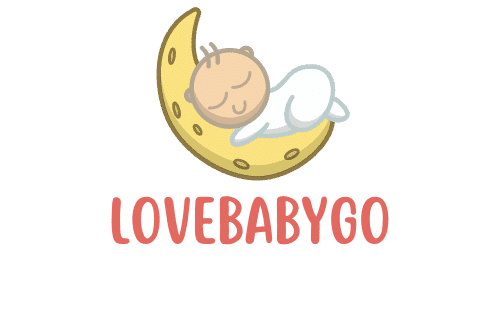Navigating the world of baby food can be a bit overwhelming for new parents, especially when faced with the variety of options labeled as “Stage 1,” “Stage 2,” and “Stage 3” baby foods.
These stages are designed to help parents choose age-appropriate foods for their growing infants.
In this article, we will demystify the concept of baby food stages, explain what each stage entails, and offer insights into when and how to introduce them into your baby’s diet.
Stage 1 Baby Food: Introduction to Solids (4-6 Months)
Stage 1 baby food is the initial step in transitioning your baby from a liquid diet (breast milk or formula) to solid foods. Here’s what you need to know:
- Texture: Stage 1 baby food is characterized by a smooth, pureed texture. It is very thin and easy for babies to swallow, making it ideal for those who are just starting to eat solids and have not yet developed advanced chewing and swallowing skills.
- Contents: Stage 1 foods typically include single-ingredient purees like rice cereal, single-grain cereals, and pureed fruits and vegetables like apples, pears, and sweet potatoes.
- When to Start: Most babies are ready for Stage 1 foods around 4-6 months of age, when they can hold their heads up, sit with support, and show an interest in food.
Stage 2 Baby Food: Expanding Tastes and Textures (6-8 Months)
Stage 2 baby food builds on the introduction of solids, offering a broader range of flavors and textures:
- Texture: Stage 2 baby foods have a slightly thicker consistency compared to Stage 1. They may contain small, soft chunks or lumps to help babies develop their chewing skills.
- Contents: Stage 2 foods include a variety of fruit and vegetable combinations, meat purees, and multi-ingredient blends. These introduce more complex flavors to your baby’s palate.
- When to Start: You can typically begin Stage 2 foods when your baby is around 6-8 months old and has become more proficient at eating Stage 1 purees.
Stage 3 Baby Food: Transition to Table Foods (8-10 Months and Beyond)
Stage 3 baby food marks the transition from purees to more solid, table-like foods:
- Texture: Stage 3 foods have a thicker, chunkier texture, resembling mashed or finely diced table foods. They help babies further develop their chewing and swallowing skills.
- Contents: Stage 3 foods often include combinations of finely chopped fruits, vegetables, grains, and meats. These meals aim to mimic the textures and flavors of family meals while still being easily manageable for your baby.
- When to Start: Around 8-10 months, many babies are ready for Stage 3 foods as they become more adept at handling solid textures and may show interest in finger foods.
Tips for Introducing Baby Food Stages
- Observe Your Baby: Pay close attention to your baby’s cues for readiness, such as showing interest in your food, sitting independently, and demonstrating improved hand-mouth coordination.
- Progress Gradually: Transition from one stage to the next at your baby’s pace. There’s no rush, and it’s essential to let your baby become comfortable with each stage before moving on.
- Homemade Options: Many parents choose to make homemade baby food to ensure quality and variety. This allows you to customize the flavors and textures to suit your baby’s preferences.
- Consult Your Pediatrician: Always consult with your pediatrician before introducing new foods or progressing to the next stage, especially if your baby has specific dietary needs or allergies.
Conclusion
Understanding baby food stages is an essential part of providing your infant with age-appropriate and nutritious meals.
Each stage offers a unique set of textures and flavors to help your baby transition from a liquid diet to solid foods gradually.
By observing your baby’s cues and following their lead, you can make the journey into solid foods a positive and enjoyable experience for both of you.











